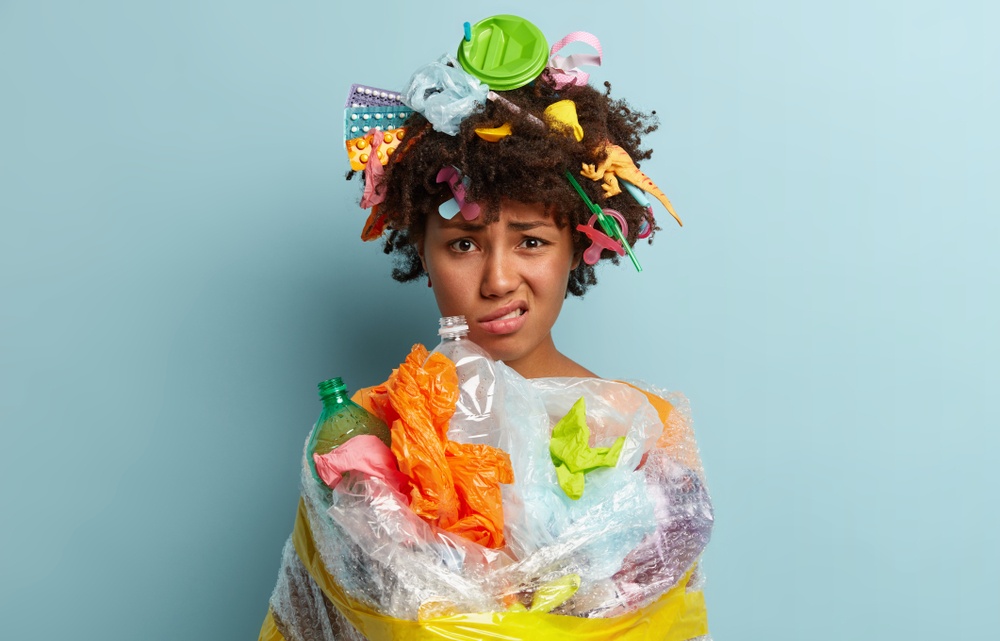Getting to Grips with Plastic in Japan
Although Japan can be eco-conscious in many ways, one way in which it lags behind many other countries around the globe is the ubiquity of single-use plastics. Whether you're a visitor or a resident, you're likely to encounter them on a daily, which is why we're here to help you avoid the pitfalls of plastics in the Land of the Rising Sun.
By Robert KodamaJapan & Single-Use Plastics
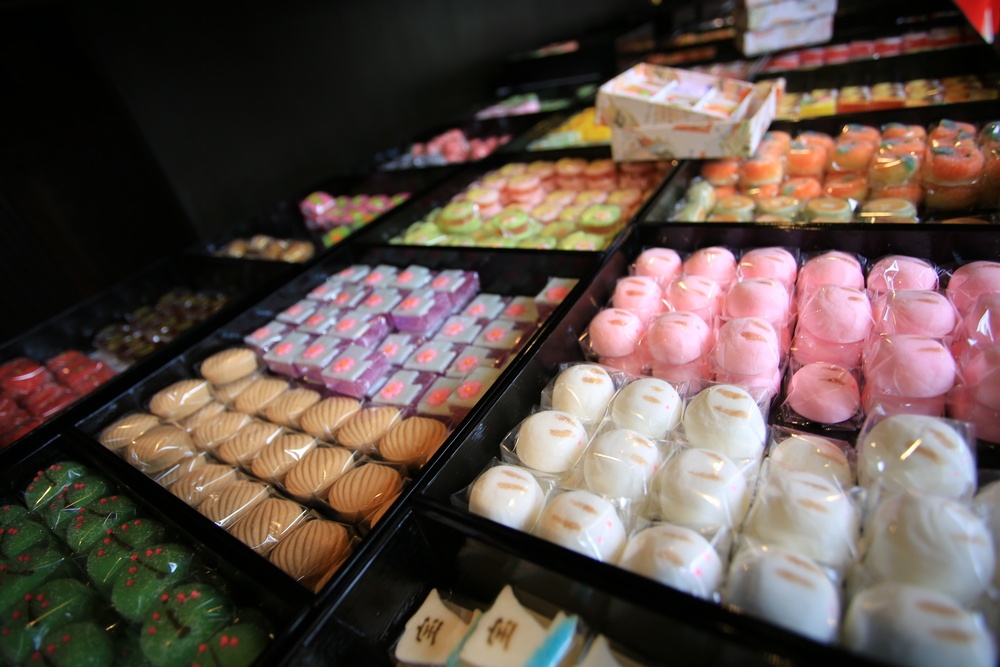
https://www.shutterstock.com/
Let's say it's lunchtime, and you head to the nearest convenience store to pick up one of their tasty microwavable meals, as well as a delicious onigiri rice ball and some green tea to wash it all down. You get to the register, and the clerk kindly offers to heat up your meal for you. They pull out a plastic bag, plastic-wrapped disposable chopsticks and a plastic-wrapped plastic spoon—just in case—as well as a wet wipe wrapped in—you guessed it!—plastic, so you can finish your meal feeling fresh! They also pull out another plastic bag for your cold items, since you want your lunch to stay hot, and your tea to stay cold.
Or say you're looking for some souvenirs in Tokyo Station at the tail end of an awesome trip, because you want to bring home some beautiful Japanese sweets for your friends and family. You grab a couple of boxes, and the clerk offers to gift wrap it for you when you checkout. Too excited to wait, you open them on the train, and are delighted to find they're all individually wrapped for freshness—plus, now you can sneak one, and because you're giving individual treats to your loved ones, they'll never know! You pick up a few packs of limited-edition KitKats; although they come in a big plastic bag, they're also individually wrapped.
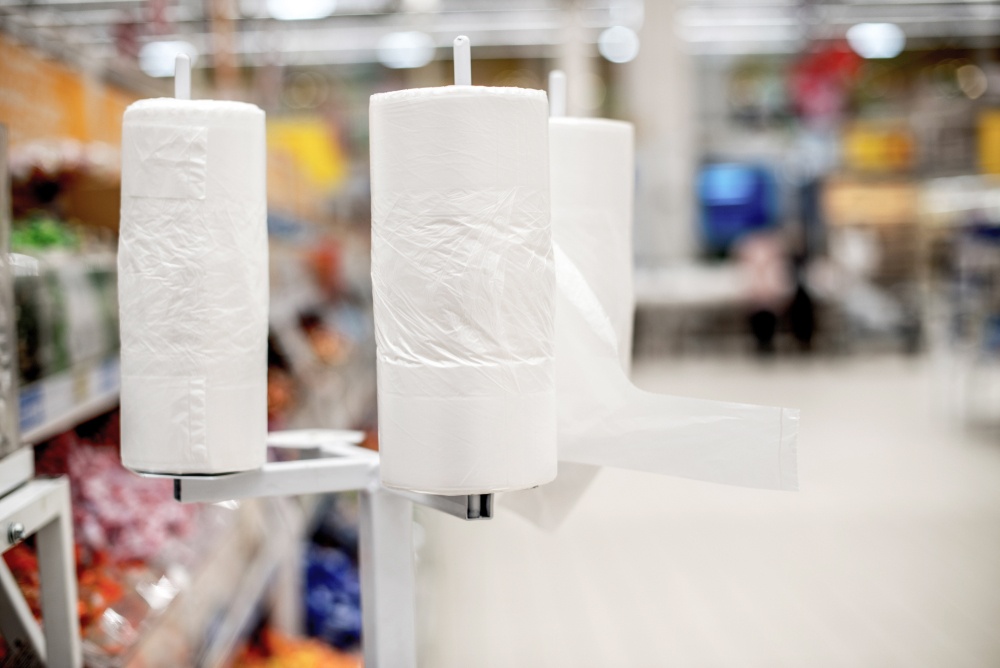
https://www.shutterstock.com/
Or perhaps you're on the way home from work, and stop by a grocery store in your local station to pick up some ingredients to make some delicious Japanese curry when you get home. You grab a plethora of vegetables—packing them in the small plastic sleeves near the veggies—some Japanese beef—which the clerk puts in a small plastic sleeve to avoid cross contamination—and also some miscellaneous items for the rest of the week, and head home with two plastic bags full of groceries.
These situations, and so many more, are everyday occurrences in Japan. It's an understatement to say that Japan is pretty seriously involved in the consumption of single-use plastics.

https://reloopplatform.eu/wp-content/uploads/2018/06/UNEP-report-on-single-use-plastic.pdf
In fact, according to a report by the UN Environment Programme (titled Single-Use Plastics: A Roadmap for Sustainability), Japan is just behind the United States in terms of per capita plastic packaging waste production (for reference, the population of Japan is about ⅓ the size of the U.S).
While that is quite surprising, it isn't all bad news. The actual quantity of plastic packaging waste produced is quite lower than the U.S., and since Japan is so meticulous about the separation of different types of garbage, about 20 percent of Japan's plastic is recycled, which is pretty good (and double the percentage that eventually ends up in landfills)!
The Japanese government has also called for a 25 percent reduction in single-use disposable plastic by 2030. As of July 2020, they've also started charging for single-use plastic bags at convenience stores, supermarkets, and other shops.
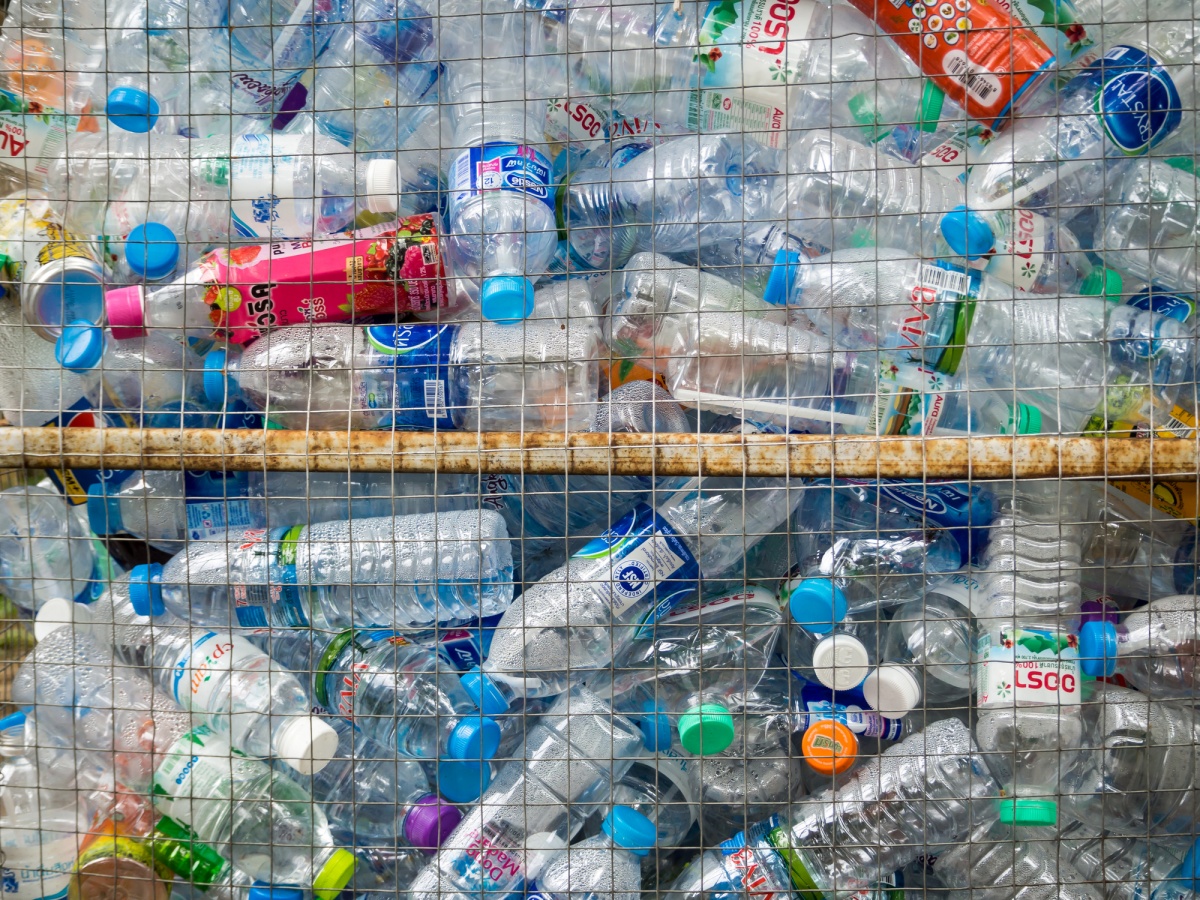
https://pixta.jp/
Plus, when it comes to other recyclables—like PET bottles, the consumption of which is a direct result of convenience store culture and the ubiquity of vending machines in Japan—the country boasts a recycling rate over 90 percent, which is pretty incredible.
But still, the rate isn't 100 percent, and recycling is technically the third step when it comes to the three R's in the waste hierarchy, since it uses a lot of other valuable resources. A lot of the plastic that isn't recycled is simply burned (although some of it is burned for energy, at least), and a substantial amount of it used to be shipped to China, until they changed their standards for the purchase of plastic waste from other countries.
Combine that with the fact that there's an estimated eight million tons of plastic waste dumped into oceans around the globe every year (and the fact that Japan, along with the U.S., did not sign on to the G7 Ocean Plastics Charter to address the problem), and it's easy to see that we should all be looking for ways to engage in behavior that is more sustainable and eco-friendly, especially in an environment where we are bombarded by the overuse of plastics.
So let's take a look at some of the worst culprits you'll run across in Japan, and effective ways to reduce your own footprint in the Land of the Rising Sun.
Plastic Perpetrators
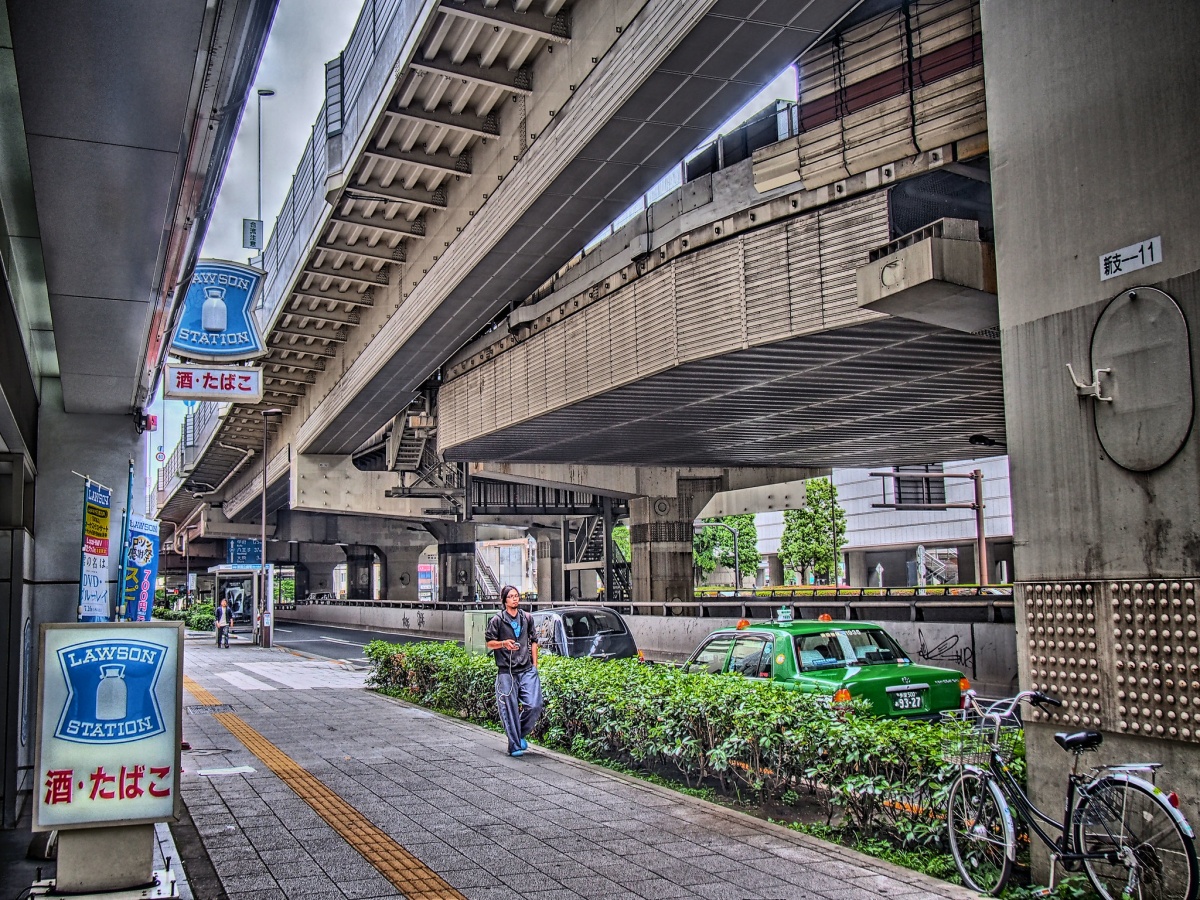
https://flic.kr/p/W8W5sr
Knowing where most single-use plastics come from is the first step to reducing your personal usage.
First and foremost are convenience stores. 7-Eleven, Lawson, FamilyMart, Daily Yamazaki and others are all guilty of producing oodles of plastic waste in service for fulfilling its key concept—convenience. From the packaging of ready-to-go meals to the piles of plastic bags handed out to every customer for one or two items that could simply be carried, plus drinks, utensils and more, convenience stores are one of the biggest offenders on the street. Likewise, many grocery stores also offer ready to eat meals and the waste that comes with them.
There are around five million vending machines in Japan, which is about one machine for every 25 people in Japan. And sure, canned drinks (and the occasional corn potage) constitute many of the items available for purchase, but so do plastic bottles. Annual sales were nearly five billion yen from vending machines, which is a lot of cans and plastic bottles!
Major department stores (OIOI, Isetan, Daimaru, Mitsukoshi, Takashimaya and others) and chain stores in Japan pride themselves on their attention to detail and customer service. While those reputations are well-earned, that customer service often manifests itself in the meticulous wrapping of items, many of which are often already wrapped in packaging—the results are beautiful, but ultimately wasteful. And even when the items aren't wrapped, it isn't unusual to receive multiple plastic bags, all folded to perfection and taped shut for privacy.
There are plenty of other offenders—all with similar reasons of convenience and to provide good customer service. Either way, the amount of single-use plastics is a bit much. So how can we cut down on the amount we use, without necessarily sacrificing all of the convenience and customer service we've come to love?
Politely Decline

https://www.shutterstock.com/
One of the easiest ways to reduce single-plastic waste is to simply not partake, which is easy to do even if you don't know Japanese. All you have to do is practice a few simple phrases, and let your body languages and gestures do the rest of the legwork.
Here's the most common phrase you'll hear when offered a plastic bag: reji bukuro go riyo desu ka? (レジ袋ご利用ですか)
The above phrase is a polite way of asking if you'd like a bag. There might be some slight variations depending on the situation, but the key word to listen for is fukuro (ふくろ・袋) or (reji bukuro), which means "bag." Here are a few simple ways to answer:
・Iie (いいえ). Short and sweet, iie literally means "no."
・Iie, kekko desu (いいえ, けっこうです). A bit longer, this means "no, I'm fine."
・Iie, daijobu desu (いいえ, 大丈夫です). Basically the same meaning as the previous phrase. It's worth noting that daijobu is one of those magical Japanese words that makes navigating the country way easier!
・(Fukuro) irimasen (袋要りません). You won't be misunderstood here, since it's literally "I don't need (a bag)."
You can also use the phrases above to decline other add-ons that you might not need, substituting the following words in place of fukuro.
・Ohashi・Waribashi (お箸・割り箸・"disposable chopsticks")
・Sutoro (ストロー・"straw")
・Oshibori (おしぼり・"wet wipe/towel")
・Supun (スプーン・"spoon")
・Foku (フォーク・"fork")
・Kappu (カップ・"cup")
・Rappingu (ラッピング・"wrapping")
For example, you could say waribashi irimasen, or "I don't need (disposable) chopsticks."
BYO!
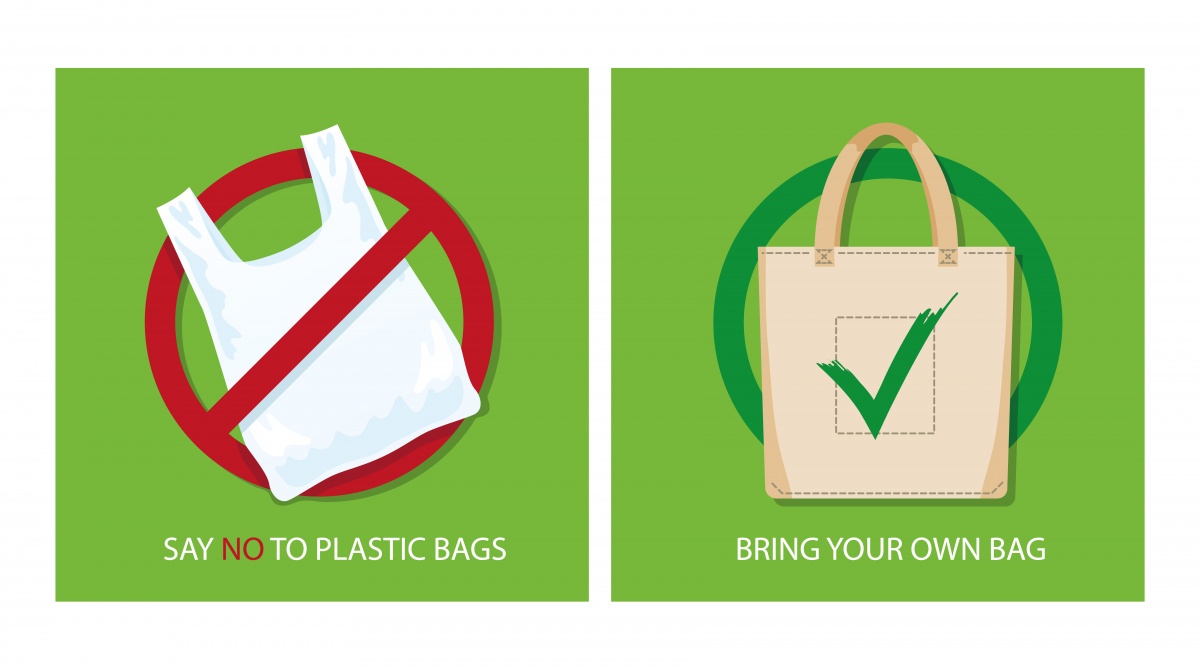
https://www.shutterstock.com/
Besides simply declining potentially wasteful add-ons, a great way to reduce your environmental impact is by utilizing sturdy, repeat-use products. Because Japan is a big proponent of mai X culture—literally "my X," where X is unique to you—which means there are tons of unique, chic or downright adorable products from which to choose. You can help the environment and rep your signature style at the same time!
In addition to the usual suspects like tote bags (called eko baggu・エコバッグ in Japanese) and water bottles or thermoses (suito・水筒), there are lunch bags and boxes, portable chopsticks (as well as other bento-friendly cutlery), hand towels and more. Check lifestyle and homegoods stores like Muji or Loft for slightly flashier options, or hit up the good ol' ¥100 store if you're looking for something friendly for the environment and your budget! There are tons of franchise-related goods out there too, so keep your eye out for your products decked out with your favorite characters, shows, movies and more!
There's always more we can do to reduce our environmental impact, but hopefully these simple tips will help you make the most of your time in Japan without drowning in a sea of single-use plastics!


